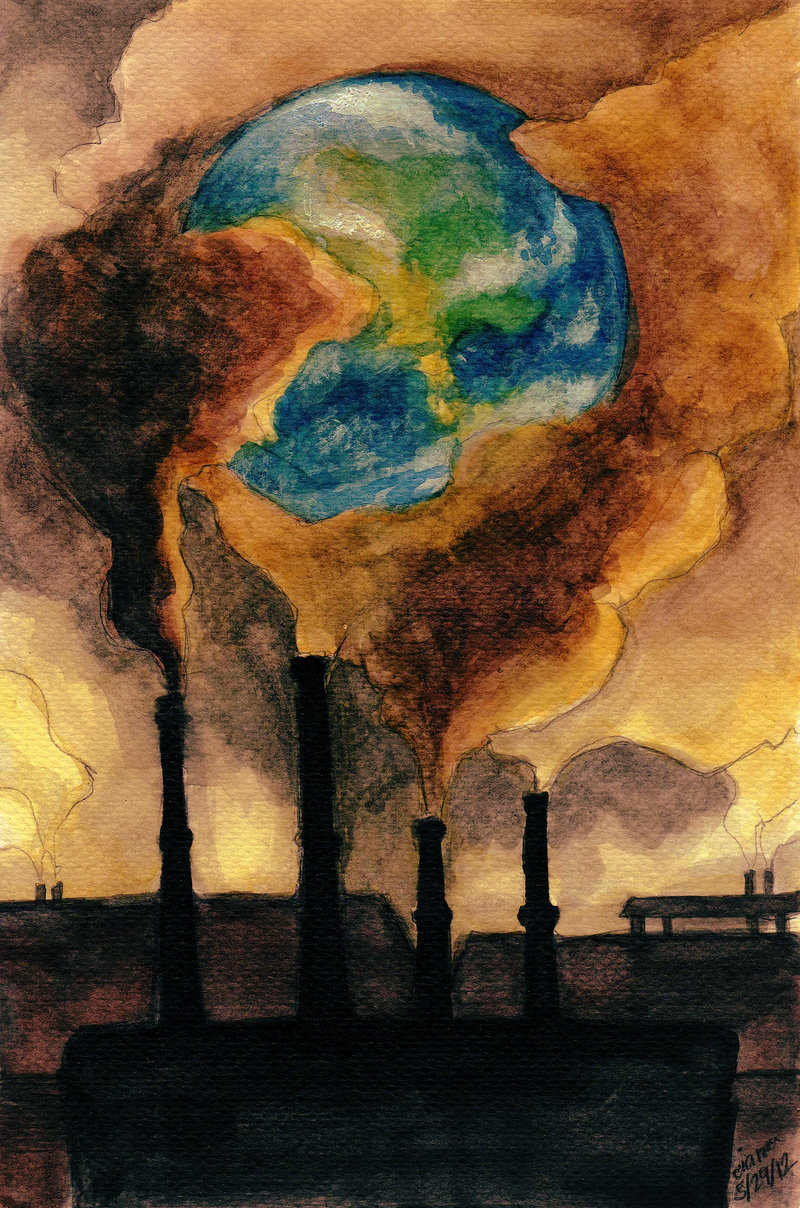 Further details on that CO2 item I mentioned in the post earlier today — kind of a landmark, break-point.
Further details on that CO2 item I mentioned in the post earlier today — kind of a landmark, break-point.
Per the Guardian:
In 2015, for the first time, carbon dioxide levels in the atmosphere were at 400 parts per million (ppm) on average across the year as a whole, the World Meteorological Organisation’s (WMO) annual greenhouse gas bulletin reveals.
The longest established greenhouse gas monitoring station in the world, at Mauna Loa in Hawaii, predicts carbon dioxide concentrations will stay above the symbolic 400ppm for the whole of 2016 and reach new highs.
It will not dip below the 400ppm mark again for many generations, the experts said.
The growth spurt in carbon dioxide levels, which saw a bigger-than-average increase in the greenhouse gas in the atmosphere between 2014 and 2015, was fuelled by the El Niño weather phenomenon in the Pacific.
(Illustration found here).
And:
The strong El Niño, which started in 2015 and continued into this year, triggered droughts in tropical regions and reduced the ability of forests, vegetation and oceans to absorb carbon dioxide, leaving more in the atmosphere.
But over the longer term it is the increase of greenhouse gases such as carbon dioxide, methane and nitrous oxide from human activity including industry and agriculture which caused a 37-percent increase in the warming effect on the planet between 1990 and 2015.
Around two-thirds of the warming effect, known as radiative forcing, by long-lived greenhouse gases comes from carbon dioxide.
Levels of carbon dioxide in the atmosphere stood at around 278ppm before the industrial revolution, a concentration which the WMO said represented a natural balance on Earth.
WMO chief, Petteri Taalas, warns: ‘“The El Nino event has disappeared. Climate change has not.”‘
And called CO2 “the elephant in the room” in the fight against global warming.